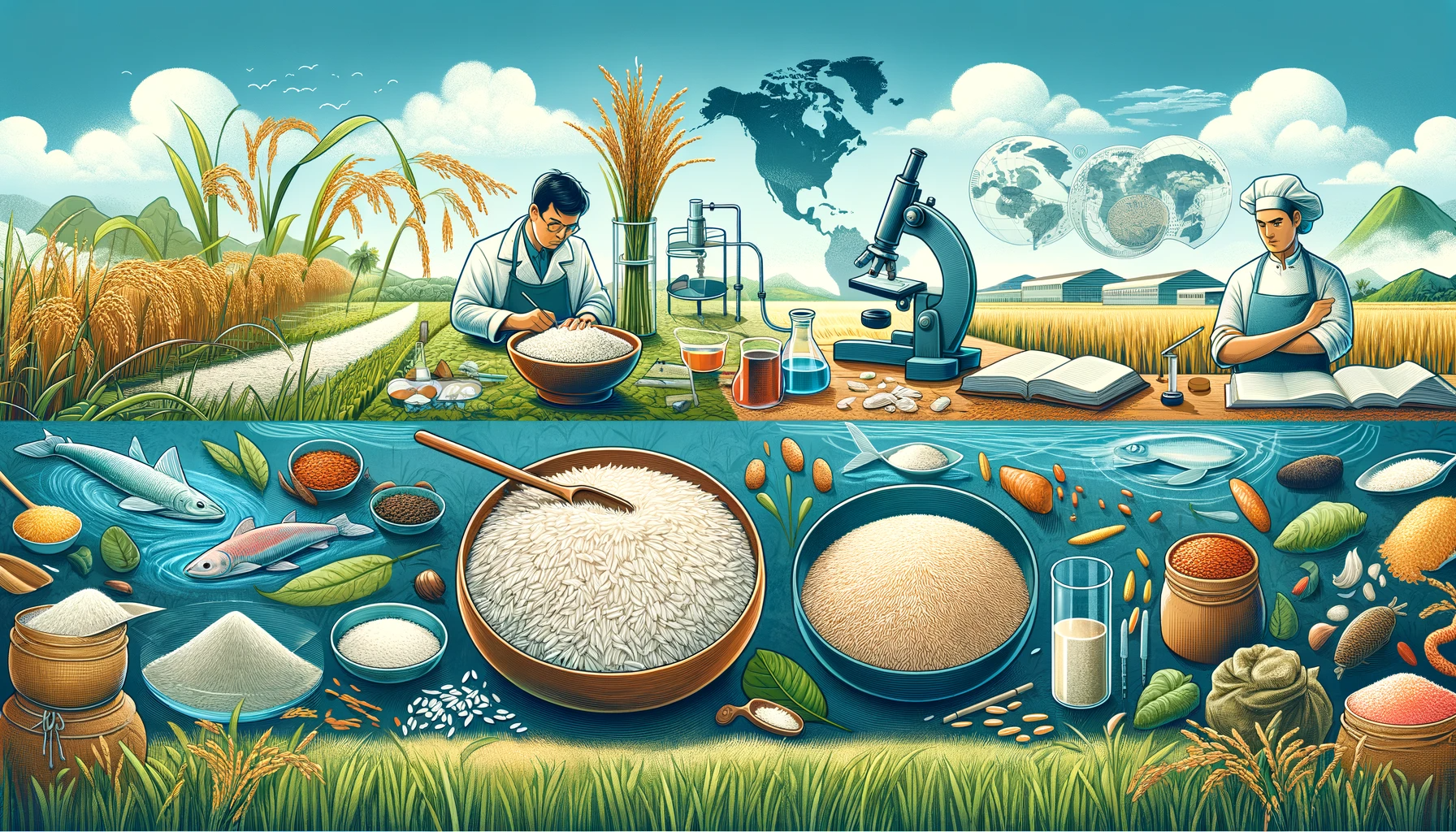Rice, often regarded as the staple food for nearly half of the world’s population, has played a pivotal role in human history and continues to be a dietary cornerstone for billions. Throughout the ages, various methods of food preservation have been employed to ensure a steady supply of rice, even in the face of adverse conditions. In this article, we delve into the historical significance of rice and explore the modern techniques used for its preservation.
Historical Significance of Rice
Ancient Civilizations and Rice Cultivation
Rice cultivation dates back over 10,000 years, with origins in Asia, specifically in the regions around the Yangtze River in China and the Ganges River in India. It quickly became a fundamental crop for many ancient civilizations, including the Indus Valley, Mesopotamia, and Egypt.
Rice as a Symbol of Wealth and Prosperity
In several ancient cultures, rice was seen as a symbol of wealth, fertility, and prosperity. In China, for instance, the Emperor would perform the annual “plowing of the rice fields” ritual, signifying the importance of rice in the well-being of the nation.
Rice Preservation Techniques in History
Sun Drying
One of the earliest methods of rice preservation was sun drying. Ancient civilizations would lay harvested rice grains out in the sun to dry, removing excess moisture and preventing spoilage. This practice continues in some regions today.
Rice Storage Techniques
Various storage techniques, such as clay pots and woven baskets, were employed to protect rice from pests and environmental factors. These methods helped ensure a stable food supply during times of scarcity.
Modern Techniques for Rice Preservation
Modern Challenges in Rice Preservation
While traditional methods still have their place, modern challenges have necessitated the development of more advanced preservation techniques. Factors such as population growth, climate change, and transportation issues require innovative approaches to rice preservation.
Refrigeration and Freezing
In the modern era, refrigeration and freezing are widely used to preserve rice and extend its shelf life. By reducing the temperature, the growth of bacteria and molds is slowed down significantly, preserving the quality of rice for longer periods.
Vacuum Packaging
Vacuum packaging removes air from the packaging, creating an airtight seal. This technique prevents oxidation and moisture buildup, which can lead to rice spoilage. Vacuum-sealed rice can remain fresh for extended periods.
Chemical Preservation
Chemical preservatives, such as antioxidants and mold inhibitors, are used in some packaged rice products to enhance shelf life. However, this approach is subject to scrutiny due to potential health concerns.
Modified Atmosphere Packaging (MAP)
MAP involves altering the atmosphere inside the packaging to slow down the oxidation and microbial growth. This method is used for packaged rice to maintain freshness and quality.
Aseptic Packaging
Aseptic packaging involves sterilizing rice and packaging materials separately and then filling and sealing the package in a sterile environment. This process allows rice to remain shelf-stable for extended periods without refrigeration.
Conclusion
Rice, with its rich historical significance, has been at the heart of human sustenance for millennia. While ancient civilizations relied on simple preservation methods, modern techniques have evolved to meet the demands of today’s world. From refrigeration to vacuum packaging, these innovations ensure that rice remains a reliable source of nutrition for people worldwide. Balancing tradition and technology, the preservation of this beloved staple continues to be a critical part of our global food culture.
